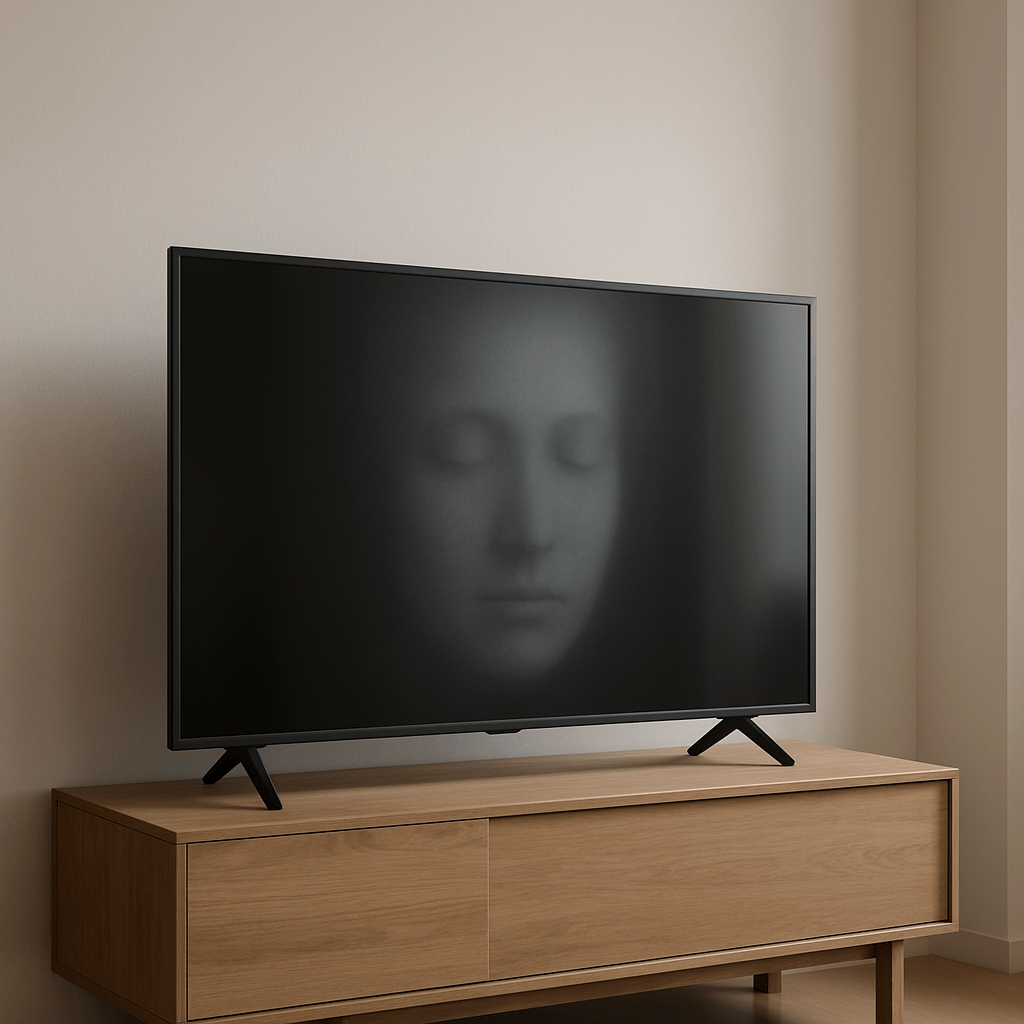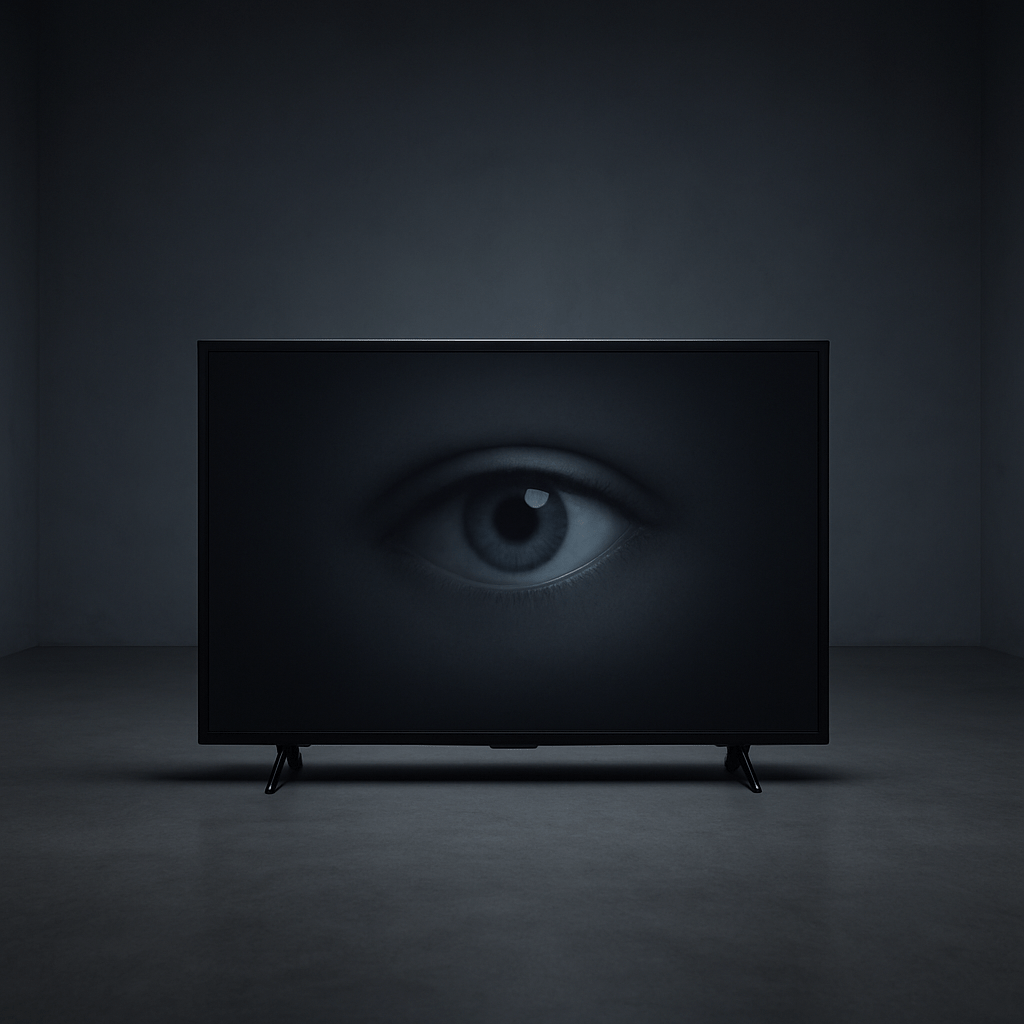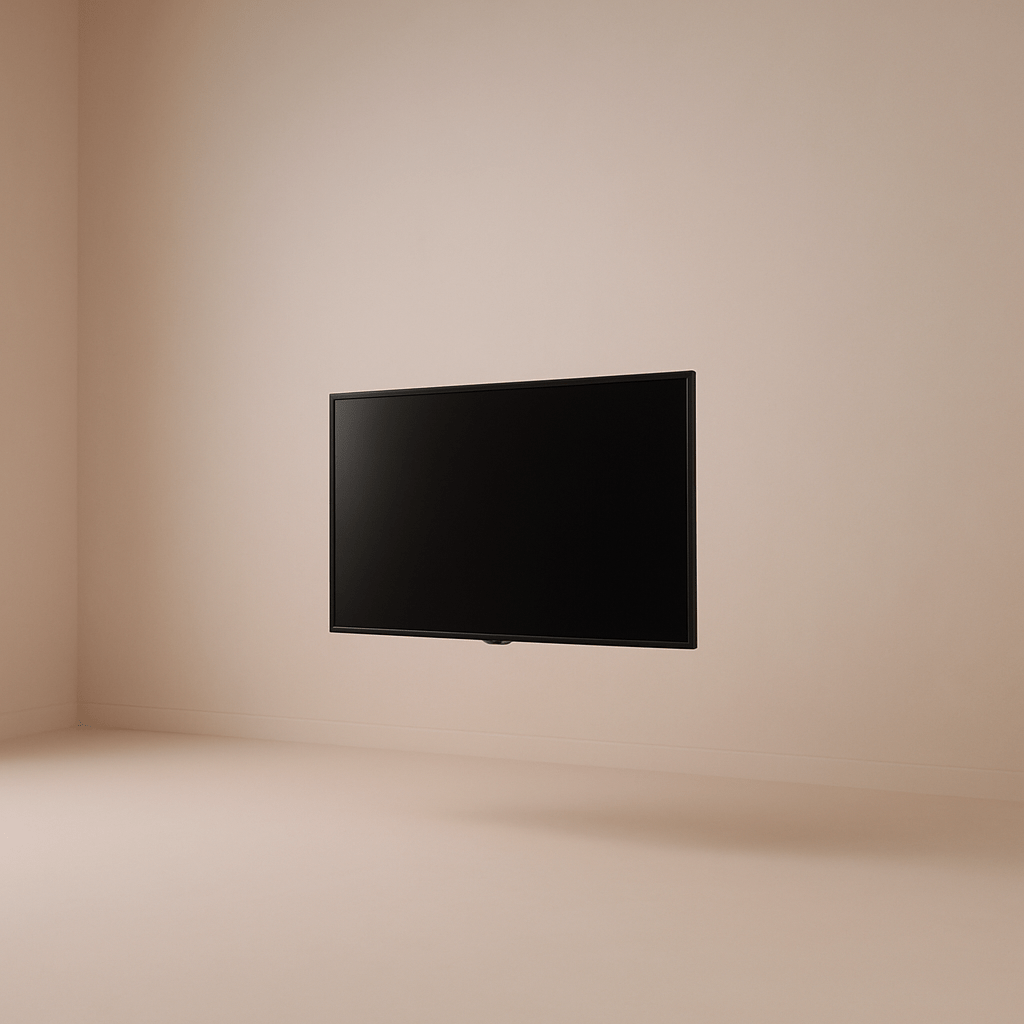Why does my TV have a privacy policy? No really — why? At what point did the humble television, the glowing rectangle that once existed solely to blast cartoons, news anchors, and the occasional life-changing infomercial at us, decide it also needed to collect my data? I bought the TV. I paid real, government-approved currency for it. Yet somehow, I’m still being shown ads on the home screen like I wandered into a mall kiosk just trying to live my life.
Remember When a TV Was Just… a TV?
There was a time — and maybe this makes me sound like someone who keeps receipts in a shoebox — when you turned on a TV and it just worked.
No login.
No updates.
No cloud-synced, AI-optimized content experience.
Just TV.
Now?
Step 1: Turn TV on.
Step 2: Wait for update.
Step 3: Agree to new terms and conditions.
Step 4: Try to open your streaming app.
Step 5: That also needs updating.
Step 6: More terms and conditions.
Step 7: Realize it’s now 10:58 PM and you’ve just spent your evening negotiating with a firmware goblin.
At some point, the TV stopped being a device and became a contract negotiation.
We used to complain about ads interrupting the show.
Now the ads interrupt the menu.
And you know the wild part?
We barely blink anymore.
Why Does Everything Need a Privacy Policy?
Let’s say the quiet part out loud: your TV is watching you back.
We live in an era where even the appliances have an agenda. The toaster probably knows my breakfast habits better than my friends.
This is because companies realized something big:
The product is no longer the product. The data is.
Our TVs, speakers, watches, thermostats — all of them — are designed to gather tiny behavioral breadcrumbs about our lives.
Not because they “need” to for performance.
But because someone can sell those breadcrumbs.
There’s an entire industry built around this, one explained well in independent consumer research — and it’s only growing.
So yes, your TV needs a privacy policy… because it’s collecting things you didn’t even realize were data points.
How long you watch.
What you watch.
When you watch.
What apps you prefer.
What you click past.
What you linger on for half a second too long.
This is Digital Privacy in the age of Connected Devices.
Welcome.
We have snacks.
But they’re probably being tracked too.

Sometimes the line between observer and observed gets a little blurry.
The Business Model Changed While We Weren’t Looking
We didn’t decide to be okay with this.
It just… happened.
First came smart TVs. Convenient, right?
No more HDMI cable acrobatics.
Everything in one place.
A marvel of modern convenience.
Until you notice the home screen quietly updating itself into a billboard designed specifically for you.
Convenience is rarely free; it just hides the bill until later.
The companies who make TVs realized they could sell the TV at cost — and make the real money from data harvesting and ad integration.
So the TV became a platform.
A storefront.
A surveillance device in business casual.
And we clapped for the picture quality.
Are We the Customer or the Product?
This is the question society keeps avoiding because the answer is uncomfortable:
If you’re not paying for the product, you are the product.
But here’s the twist:
We are paying.
We paid for the TV.
We pay for streaming services.
We pay for internet.
We pay for electricity.
And yet — the companies still want more.
They want the mindspace, the habits, the micro-patterns of choice that make your personality sellable.
Major tech publications have covered how entire market strategies are designed around nudging us — quietly, invisibly — toward predictable behavior.
In the new economy, your attention is currency, your habits are inventory, and your time is collateral.
It’s like being charged for entry into a store, charged again for the shopping cart, and then followed around while someone takes notes on your snack preferences.
And yes, they will advertise those snacks back to you later.
The Slow Erosion of the “Home” Space
Once, home was the place where the world couldn’t reach you.
Now, it’s where the world sees you most clearly.
The living room — the softest, safest, Sunday morning coffee place — is now a data capture zone.
The bedroom has a smart speaker.
The kitchen has a screen.
The front door has a camera uploading to a cloud server you’ve never met.
And now, your TV says,
“Before we continue, we’ve updated our privacy terms.”
What privacy?
You’re in my house.
Even your refrigerator might get ideas soon.
It’ll learn your snack habits.
It’ll judge your midnight cheese consumption.
And yes — it’ll sell that data, because nothing is sacred, not even dairy-based existential crises.
Some tech outlets call this “the connected home.”
Cute.
I call it the softly surveilled home.
Because the surveillance isn’t loud.
It’s convenient.
So we accept it.

It’s not always clear who’s watching who.
Conclusion: The Part Where We Take the Joke Seriously
This is the part where I should offer a solution.
But let’s be honest — none of us are going back to CRT televisions and bunny-ear antennas.
We like convenience.
We rely on it.
We bond with it.
But the act of noticing — that matters.
If we’re going to live in a world where even the furniture has Wi-Fi, we should at least understand the tradeoff:
Convenience without awareness is surrender.
Convenience with awareness is choice.
So the next time your TV presents a 47-page privacy policy?
Maybe read line one.
Or… ignore it entirely and go watch your show.
Just know who’s watching who.





